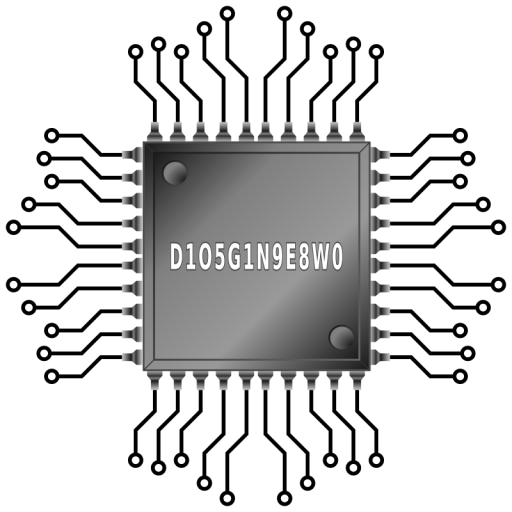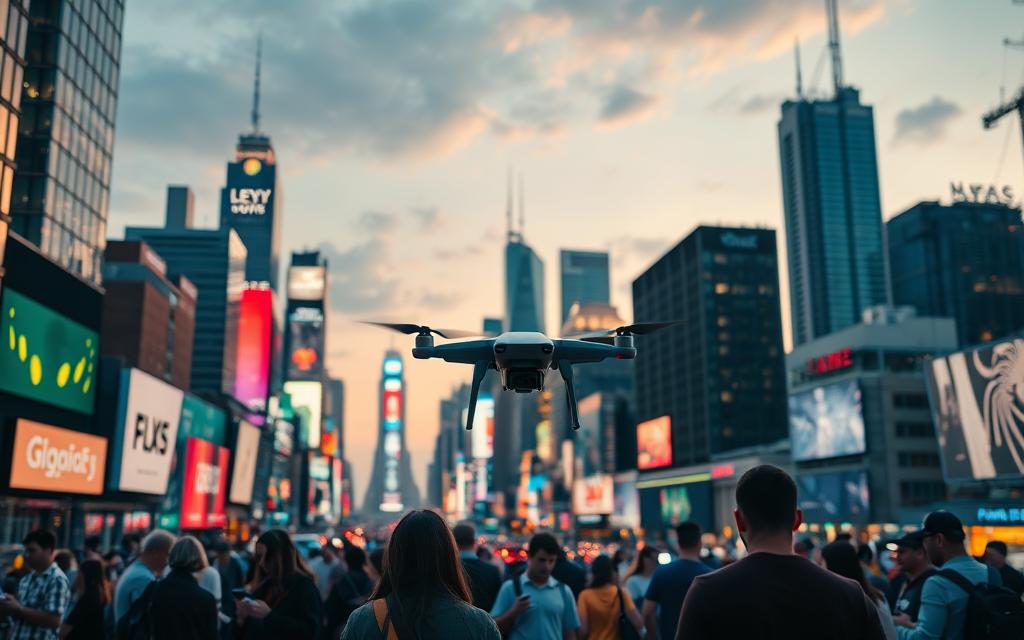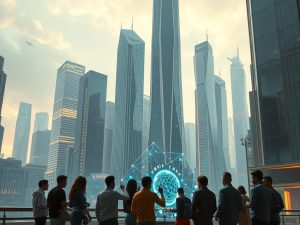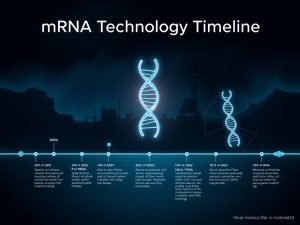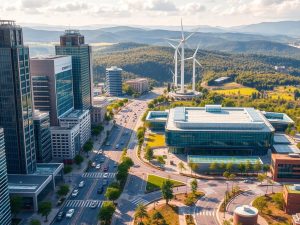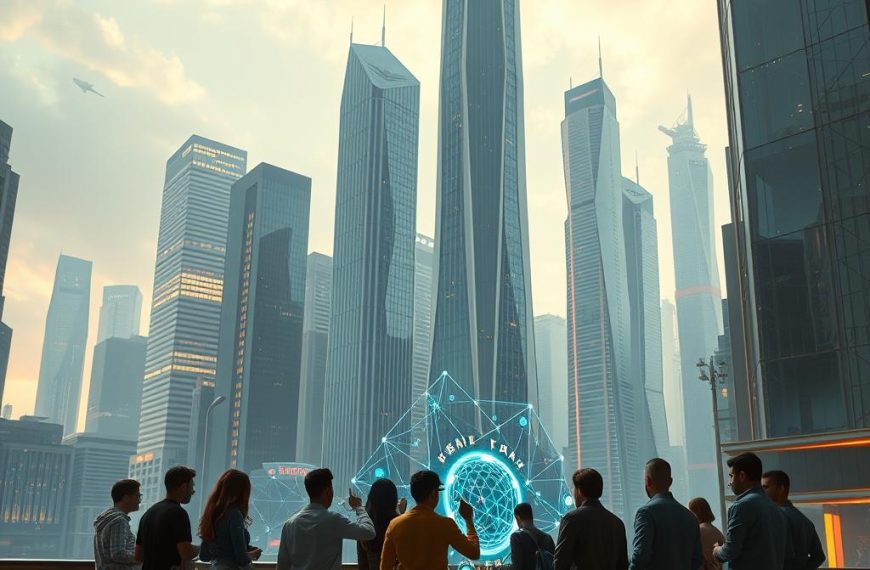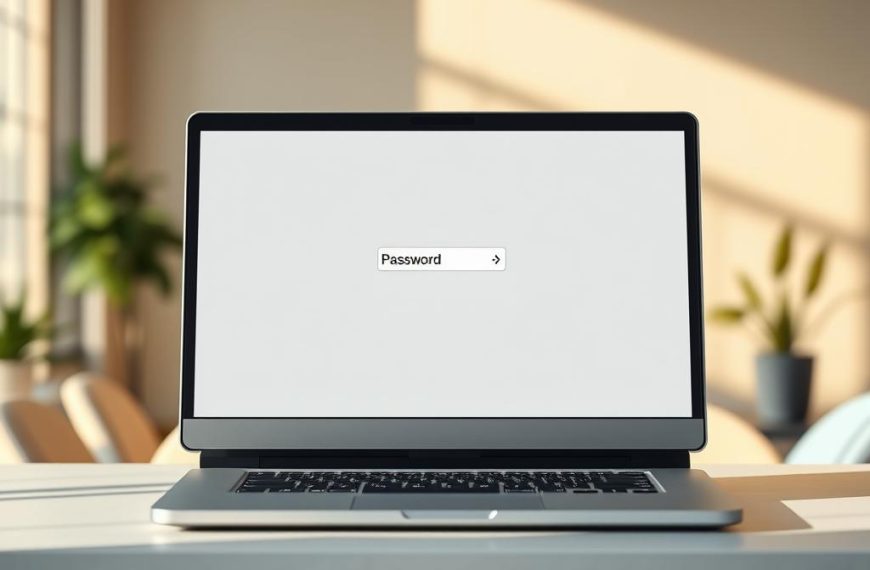Modern tools shape our world in ways unimaginable 50 years ago. From instant information access to virtual family reunions during lockdowns, their role is undeniable. Yet, as Stanford research shows, screen time doubled during the pandemic, sparking debates about balance.
Raman Dua’s observation about “death-like” anxiety when separated from devices mirrors UCF findings: 72% of students feel lost without them. This reliance raises questions. Are we mastering these tools, or are they mastering us?
Schools like Hills School now prioritize digital literacy, teaching mindful usage. The answer isn’t rejection—it’s conscious adaptation. How we harness these advancements defines their true value in our lives.
The Double-Edged Sword of Modern Technology
Digital advancements have rewired how we connect and consume information. Raman Dua’s observation—guests asking for WiFi before greetings—mirrors a broader shift. Connectivity now dictates social norms, with 93% of family dinners interrupted by notifications.
How connectivity reshaped human interaction
Video calls bridge continents but erode local bonds. A 2023 study found 74% of millennials suffer chronic *”text neck”* from device overuse. Meanwhile, platforms like Zoom thrive while library memberships decline—Draw Something once had 50 million users.
Students exemplify this paradox. UCF research shows 68% submit papers with “textspeak” (e.g., “LOL”). Linguistic erosion escalates as slang enters dictionaries, yet communication skills weaken. The internet’s global reach clashes with fragmented attention spans—now averaging 8 seconds.
The paradox of information overload
Smartphones feed an *”information obesity”* crisis. Adults check phones 150+ times daily, drowning in 12-second TikTok updates. Contrast this with 1940s’ 12-hour news cycles. The Wikipedia effect worsens it—89% of students skim snippets instead of reading deeply.
eSafety.gov.au reports a 42% spike in cyberbullying, linking it to unfiltered social media access. Yet, as rapid technological advancement continues, solutions like Cal Newport’s *digital minimalism* gain traction—prioritizing intentional tech use over mindless scrolling.
Is Technology a Blessing or a Curse?
From classrooms to clinics, screens dominate how we learn and heal. The same devices enabling global classrooms also erode focus. Similarly, fitness trackers promote health while fueling obsessive behaviors. This duality demands scrutiny.
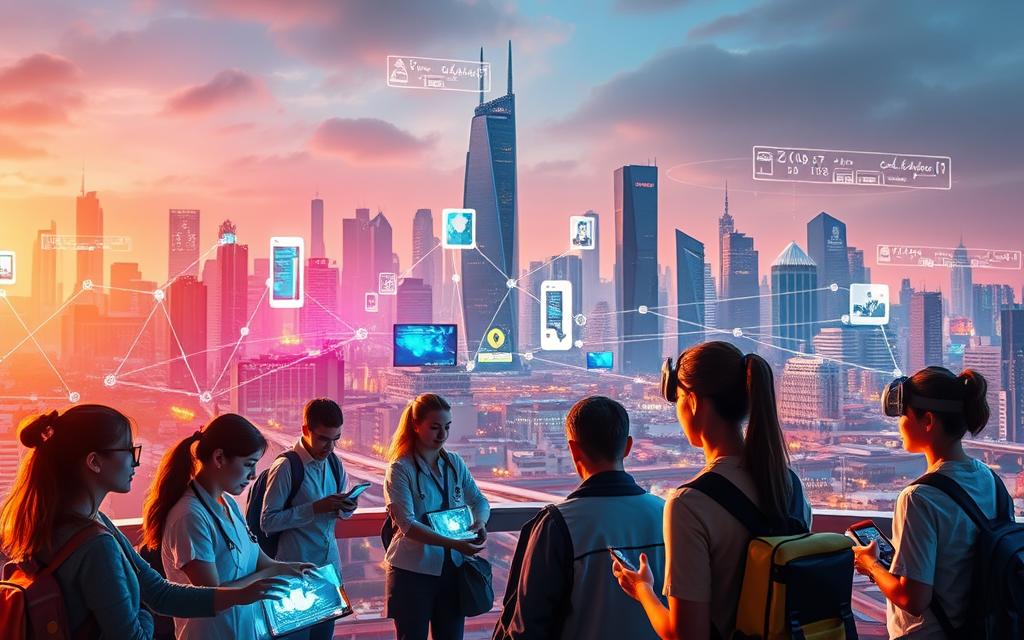
Education revolutionized vs. eroded attention spans
Khan Academy’s 140 million users showcase education democratization. Yet, 67% of students struggle to spell without autocorrect. Platforms like Duolingo grew 500%, but indigenous languages fade.
Hills School’s playground redesign boosted outdoor time by 40%. Contrast this with Stanford’s finding: teen dopamine spikes from likes mimic cocaine highs. Learning adapts, but at what cost?
Health benefits and the rise of screen addiction
Telemedicine bridges health gaps, yet “cyberchondria” fuels anxiety. Fitbit tracks vitals, but orthorexia rises in fitness communities. The WHO now labels screen addiction a mental disorder.
Improved diagnostics save lives, yet MIT links Instagram to 23% higher teen depression rates. Balance remains elusive.
Social media: Bridging gaps or deepening divides?
Zoom reconnected families during lockdowns but spawned “Zoom fatigue.” TikTok spread Ukraine war updates—and misinformation. Media connects, yet divides.
- Goodreads’ 125 million users vs. declining fiction reading rates
- TS Eliot’s YouTube revival (500K+ views) vs. declining library visits
The paradox is clear: tools designed to unite often isolate. Mastery lies in mindful use.
Reclaiming Control in a Tech-Driven World
Intentional habits now determine whether devices empower or control modern lifestyles. Families and educators are rewriting the rules of engagement with digital technologies, proving small changes yield significant results.
Setting boundaries for families and students
Raman Dua’s 5-point family plan demonstrates the power of structure. His “gadget-free Sundays” achieved an 89% success rate, while the “Phone Stack” dinner game cut family conflicts by 65%. “When screens leave the table, conversations return,” notes Dua.
Tech Shabbats—24-hour digital detoxes—report 42% improved relationships. Google’s research confirms this: App Limits reduced TikTok use by 41 minutes daily. Even Bill Gates enforced phone-free years, prohibiting smartphones before age 14.
Schools as guardians of balanced tech use
Hills School’s device curfew added 2.5 hours of student sleep per night. France saw 15% higher test scores after classroom phone bans. Schools now blend old and new—UCF’s “Analog Tuesdays” boosted participation by 27%.
Montessori’s 3:1 analog-to-digital ratio shapes modern curricula. Yale’s RULER program teaches emotional intelligence for digital spaces. As one educator notes, “We’re not anti-tech—we’re pro-balanced childhoods.”
Conclusion
From ancient scrolls to glowing screens, human needs persist—only the tools evolve. Raman Dua’s insight rings true: “Choice determines value.” While 63% seek better digital balance, hope emerges. Gen Z curbed device use by 22%, and Japan’s Internet Fasting retreats surged 300%.
Cambridge’s new Digital Ethics degree underscores ethical priorities. Steve Jobs’ wisdom—“Technology alone isn’t enough”—guides the hybrid model: blend analog depth with digital speed. Can you survive a tech-free day? Start small. One screen-free meal reshapes life in our connected world.
